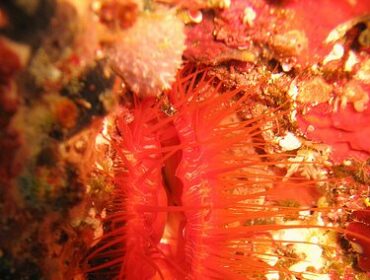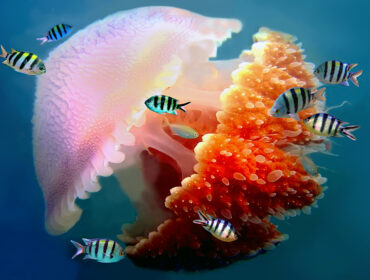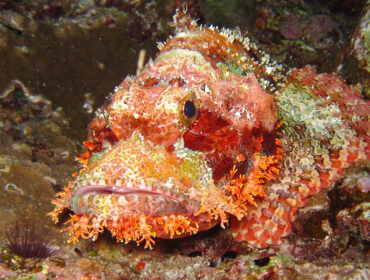Amongst all underwater creatures, the curious-looking nautilus is the one creature that fascinates me the most. The Nautilus is a living fossil that has remained unchanged for almost 400 million years. Found in abundance in prehistoric times, the nautilus’ numbers have dwindled, and only a handful of its species remain today.
Facts about the Nautilus
The nautilus gets its name from the Greek word for ‘sailor.’ It is a mollusk and a member of the cephalopod family, closely related to other cephalopods such as squids, cuttlefish, and octopuses. Like its relatives, the nautilus uses water jet propulsion to move swiftly through the ocean.
This prehistoric creature’s life and habits remain somewhat mysterious, as it typically inhabits depths of about 300 meters and only rises to around 100 meters at night to feed, mate, or lay eggs. On average, nautiluses live for about 20 years and lay eggs on rocks in shallower waters.
Nautiluses are found exclusively in the waters of the Indo-Pacific and inhabit the deep slopes of coral reefs. As predators, they primarily feed on shrimp, small fish, and crustaceans, which they capture with their tentacles. Due to their efficient swimming, they only need to eat once a month.
The declining population of nautiluses has been linked to human harvesting for their beautiful shells, commonly used in jewelry. Although the sale of these shells is banned in most countries worldwide, this practice persists, much to the dismay of conservationists and divers who admire the beauty of this living fossil.





